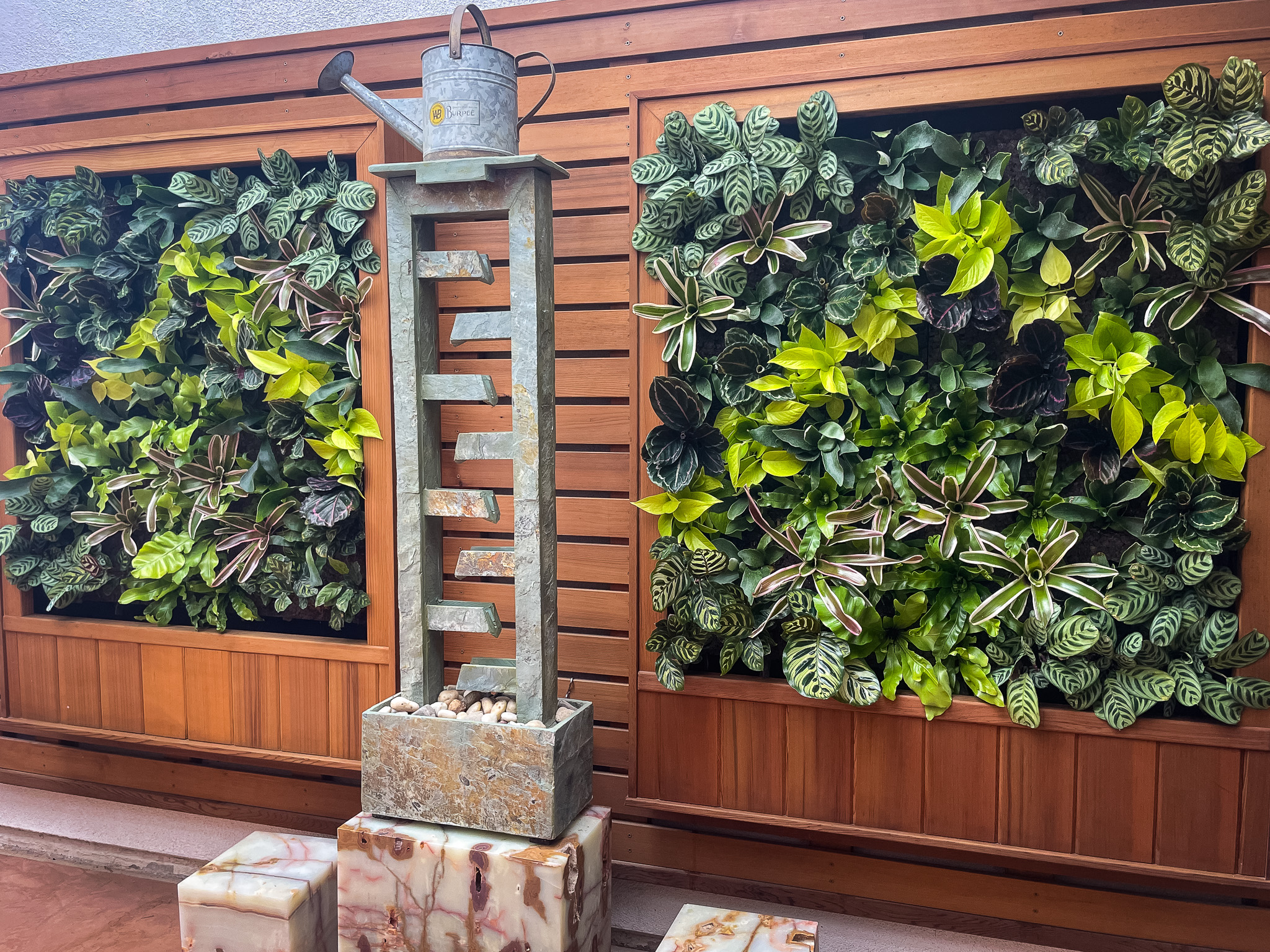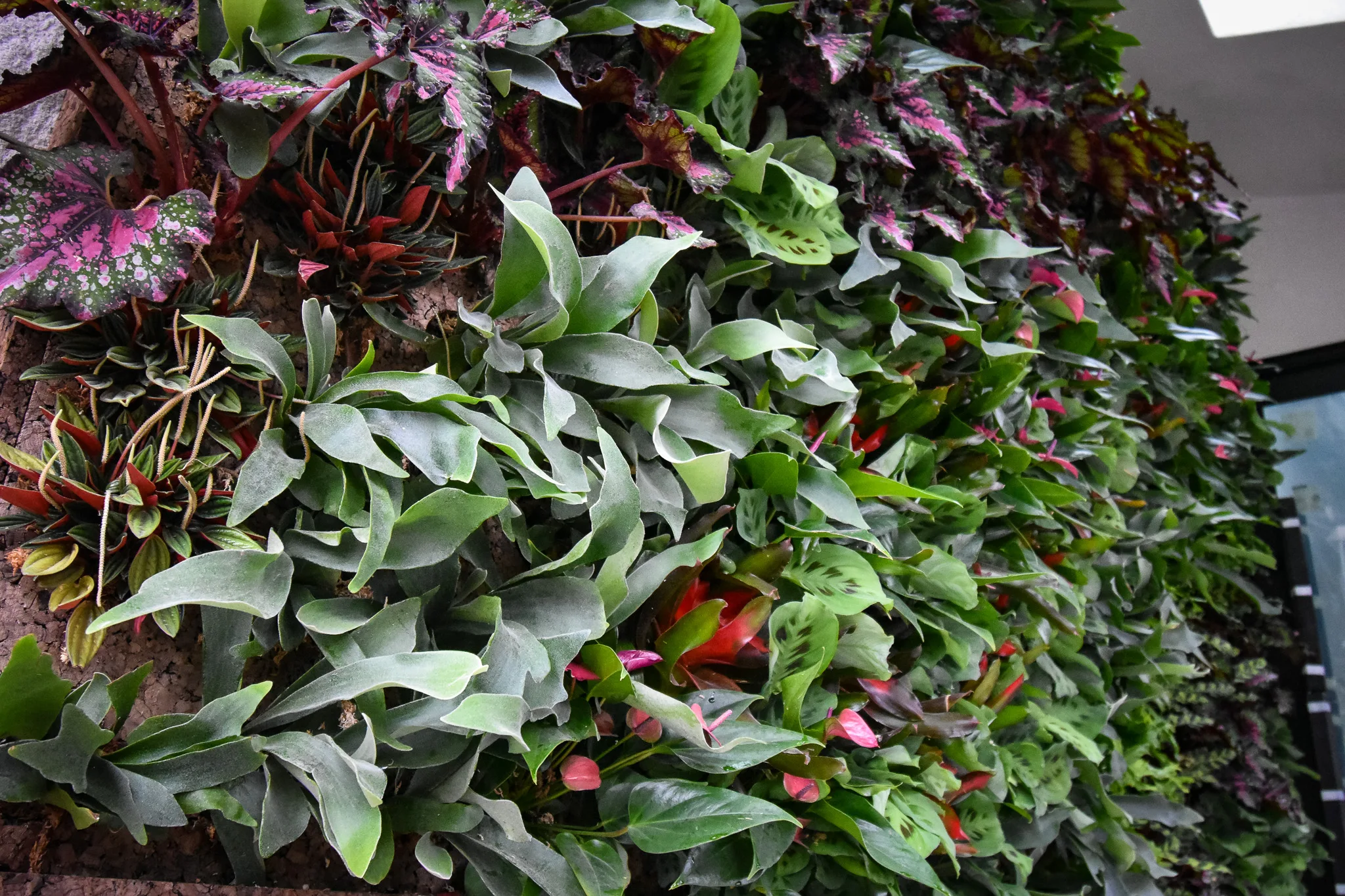As we navigate the challenges of rapid urbanization and climate change, the concept of the urban heat island effect has gained significant attention. This phenomenon results in elevated temperatures in urban areas compared to their rural surroundings. Not only does the heat island effect compromise human health and well-being, but it also exacerbates the energy burden on cities and contributes to global warming. A potential solution to mitigate these effects is the use of “living walls,” vertical gardens that can be installed on the exteriors of buildings. This blog post aims to outline the causes and effects of the urban heat island effect and discuss how investing in a living wall for your home or building can be a step toward resolution.
Causes of the Urban Heat Island Effect
Material Choices
Urban areas are often constructed with concrete, asphalt, and other materials that absorb and retain heat. These surfaces have low albedo, meaning they don’t reflect much sunlight, leading to an accumulation of heat.
Lack of Vegetation
Cities are characterized by a lack of green spaces, which otherwise provide cooling through shade and evapotranspiration. This absence contributes to the heating effect.
Waste Heat
Automobiles, air conditioners, and industrial activities generate waste heat that adds to the overall temperature in urban areas.
Compact Built Environment
The high density of buildings and narrow streets limit airflow, preventing heat from dispersing.
Effects of the Urban Heat Island Effect
Elevated Temperatures
Cities can be several degrees warmer than their rural counterparts, especially during the summer.
Poor Air Quality
Higher temperatures contribute to the formation of ground-level ozone, leading to poor air quality which can aggravate respiratory issues.
Increased Energy Consumption
As temperatures rise, there’s a higher demand for air conditioning, resulting in increased energy consumption and greenhouse gas emissions.
Impact on Human Health
Exposure to extreme heat can cause heat-related illnesses and even death, particularly among vulnerable populations.
Strain on Water Resources
Increased evaporation rates and the need for additional water for cooling and green spaces put additional strain on already limited water resources.

Living Walls as a Sustainable Solution
Temperature Regulation
Plants absorb sunlight and provide shade, reducing the amount of heat that building materials can absorb. Moreover, through the process of evapotranspiration, plants release water vapor, cooling the surrounding air.
Air Quality Improvement
Plants act as natural air filters, removing pollutants and improving air quality.
Aesthetic Appeal
Living walls offer not just environmental but also aesthetic benefits, making spaces more inviting and visually appealing.
Energy Savings
By acting as an additional layer of insulation, living walls can reduce the amount of energy required for heating and cooling a building.
Increased Biodiversity
Living walls can act as habitats for various plant species and even small animals, contributing to urban biodiversity.
Including Living Walls in Urban Design
Urban heat islands pose a real challenge, especially in the face of climate change. The incorporation of living walls into urban design represents an effective and sustainable strategy to mitigate some of these challenges. By investing in a living wall for your home or building, you are not only contributing to a cooler and cleaner environment but also saving on energy costs and enhancing biodiversity. As cities continue to grow, it becomes increasingly important to adopt innovative solutions like living walls to build a more sustainable future.




